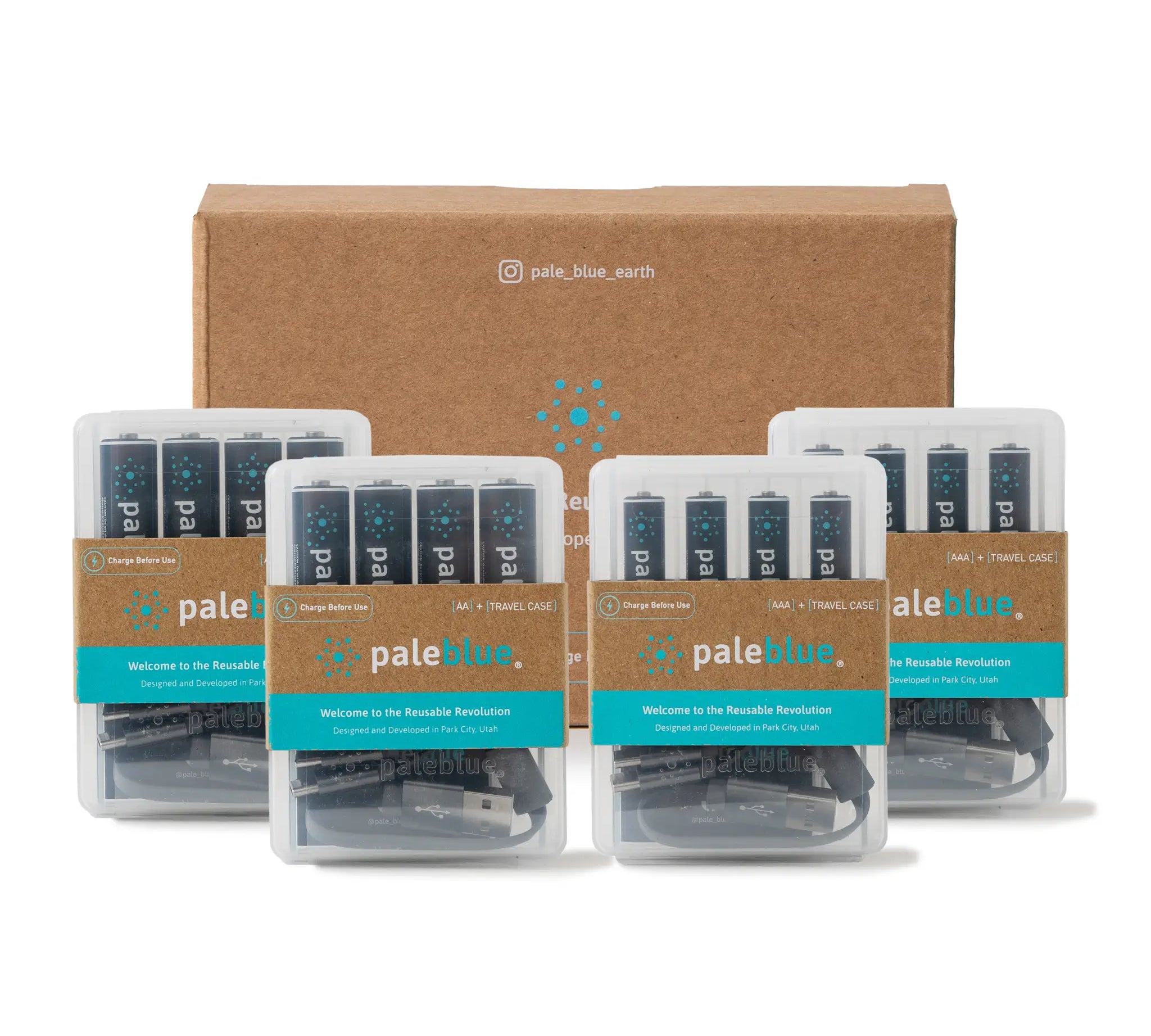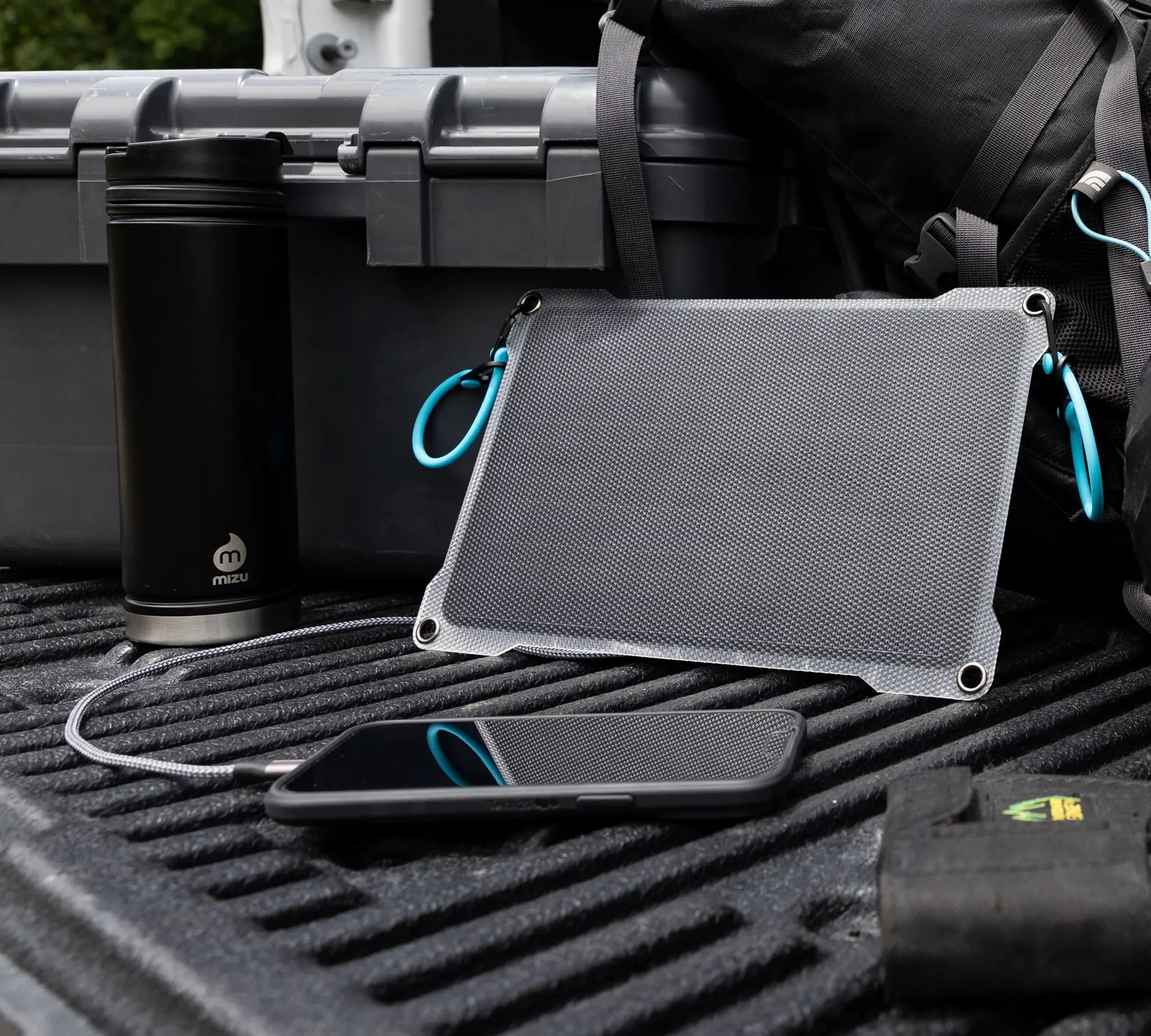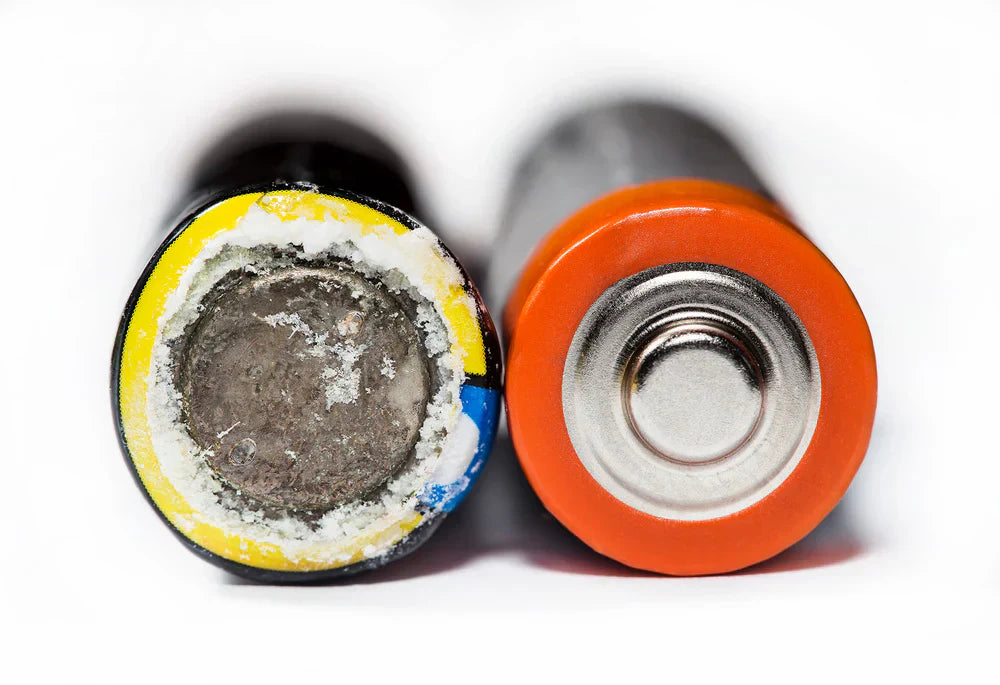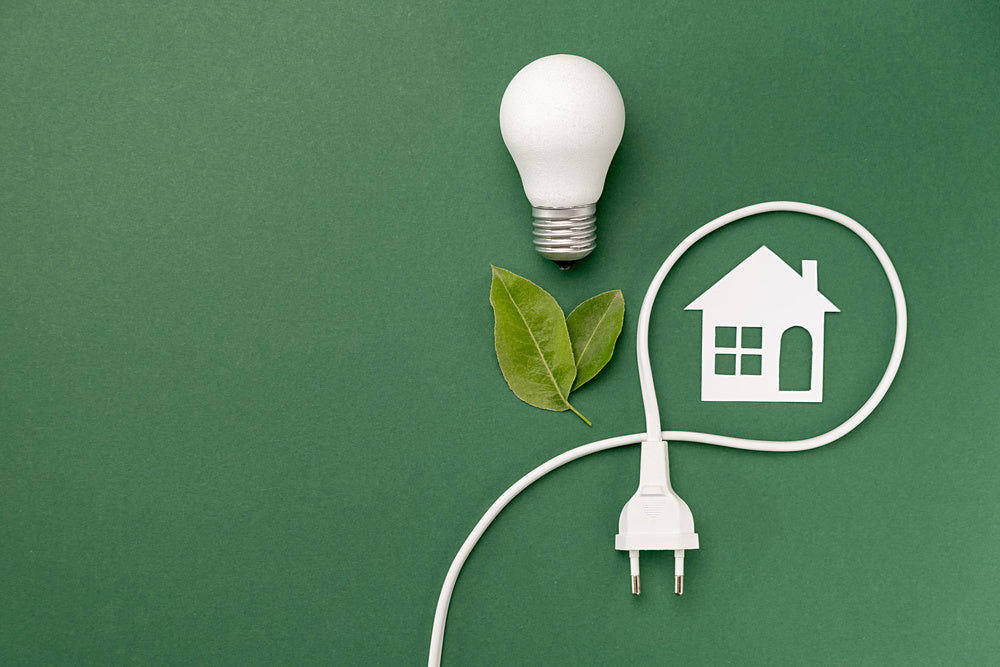What Single Use Plastics and Disposable Batteries Have in Common
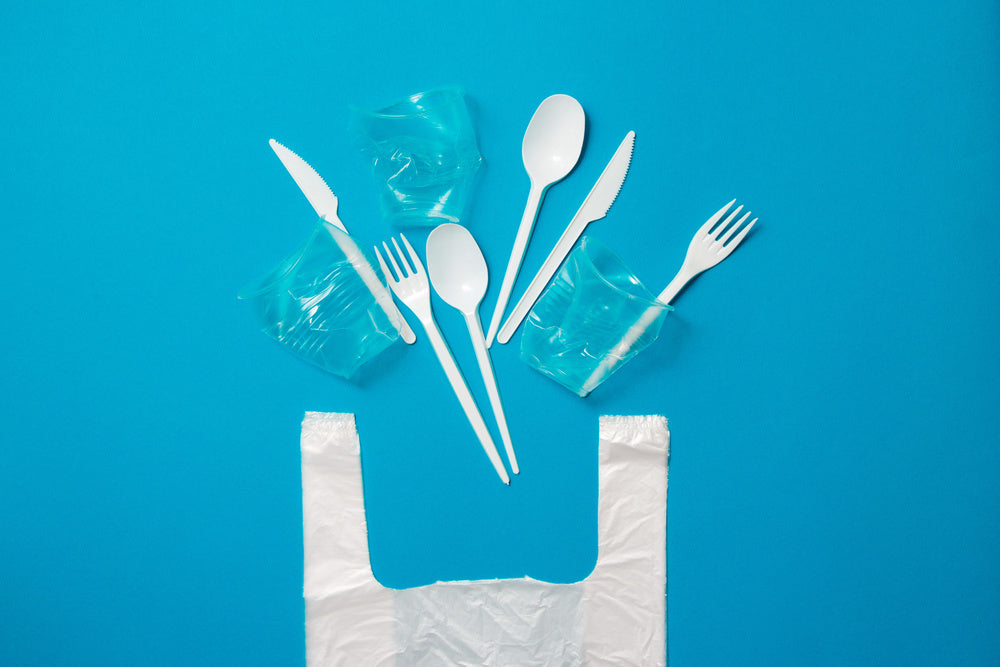
The team here at Paleblue cares a great deal about our planet. Sustainability is baked into our business model and efforts. So it was with considerable interest that we read a summary of a recent Greenpeace USA report discussing plastic recycling. The article reminded us yet again why we got into the USB rechargeable battery business.
Greenpeace USA struck a chord with said report by declaring that attempts to recycle single-use plastics will continue to be futile. The organization recognizes that single-use plastic recycling is a money-losing proposition that municipalities cannot continue funding endlessly. It turns out that the disposable battery problem has a similar component.
What is that component? Landfills. More than 90% of all single-use plastics produced globally end up in landfills. Guess what's right there with them? Single-use, disposable batteries. In fact, there are billions of them with more going in daily.
We Bury Too Much Trash
Humanity is a prolific generator of trash. We create a lot of it. Unfortunately, we also bury too much of it. We just keep digging holes in the earth, filling them with our trash, and covering them up. It is easy to see where all this is leading if one is willing to step back and examine the situation with an open mind.
Knowing what we know about landfills and trash disposal, doesn't it make sense to reduce our dependence on landfills? Absolutely. That is one of the main thrusts of the recycle, reuse, and repurpose mindset. Throwing less trash into our landfills will ultimately benefit all of us in the long run.
From Greenpeace's perspective, this means producing fewer single-use plastics. It means developing compostable packaging and encouraging consumers to switch to reusable food containers, coffee mugs, packaging, and so on.
Switch to Rechargeable Batteries
We wholeheartedly agree with the concept of reducing our dependence on single-use plastics. But as our business is batteries, our focus is on encouraging people to start using USB-C rechargeable batteries instead of disposable alkaline products.
Like single-use plastics, single-use batteries are a one-and-done type of product. By their very nature, they generate an excessive amount of waste. That is just the nature of the single-use concept. Single-use is wasteful.
Technically, there is a small amount of material in disposable batteries that could be recycled. But just as with single-use plastics, most batteries cannot be recycled at a profit, so they are often tossed into the trash and sent to landfills.
We believe a better way is to stop using alkaline batteries altogether. Stop using them just like we could stop using single-use plastics. If we all made the switch to USB-C rechargeable batteries, we would keep billions of batteries out of our landfills annually.
It Will Take All of Us
Is it possible to eliminate both single-use plastics and disposable batteries? Yes. Will it be easy? No. Modern society has become quite dependent on both things. Facilitating a global change of mind will require a monumental effort from politicians, sustainability advocates, and everyone else working hard to make a difference. But that's not all.
Success will require that all of us do our part. If we truly want to stop filling our landfills with disposable batteries, we need to stop buying those batteries and throwing them in the trash can. Thankfully, USB-C rechargeable batteries are a drop-in replacement for most products and uses. Things are not so easy with single-use plastics.
The Greenpeace USA report on plastic recycling has been eye-opening to a lot of people. It certainly reminded us of what single-use plastics and disposable batteries have in common. It has reminded us that both need to be replaced in our lives and in the market with better solutions.
- Tags: Batteries Sustainability


